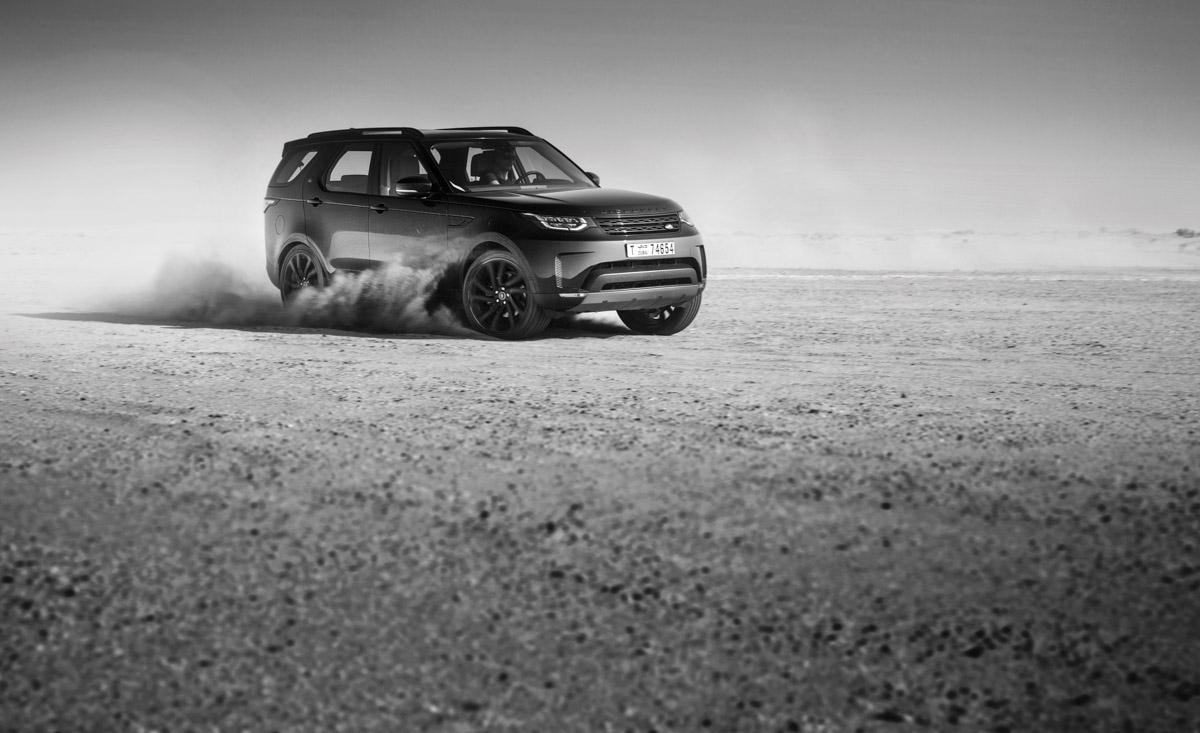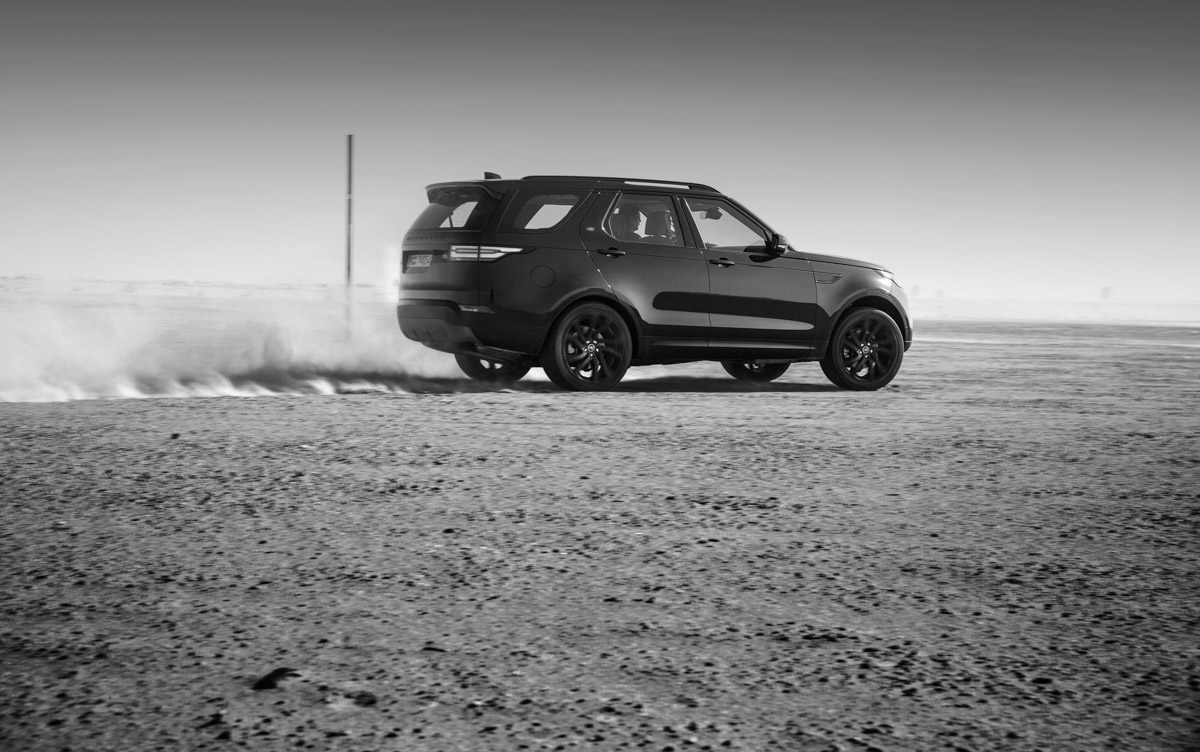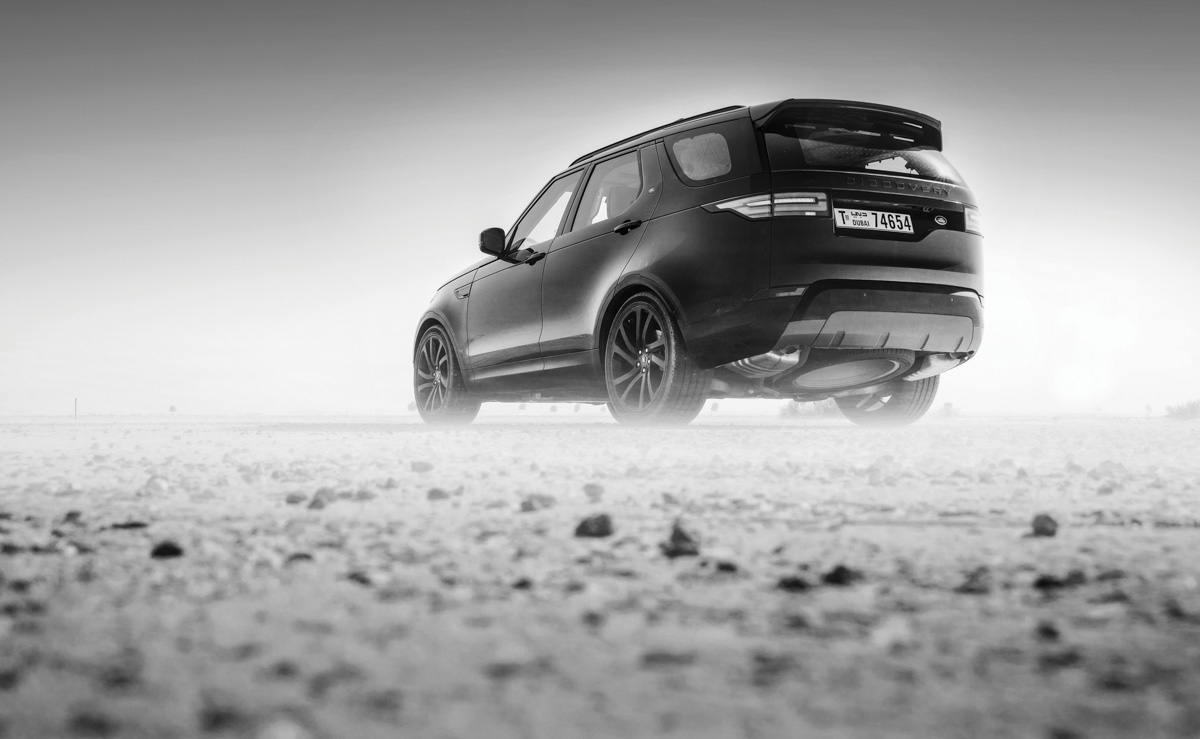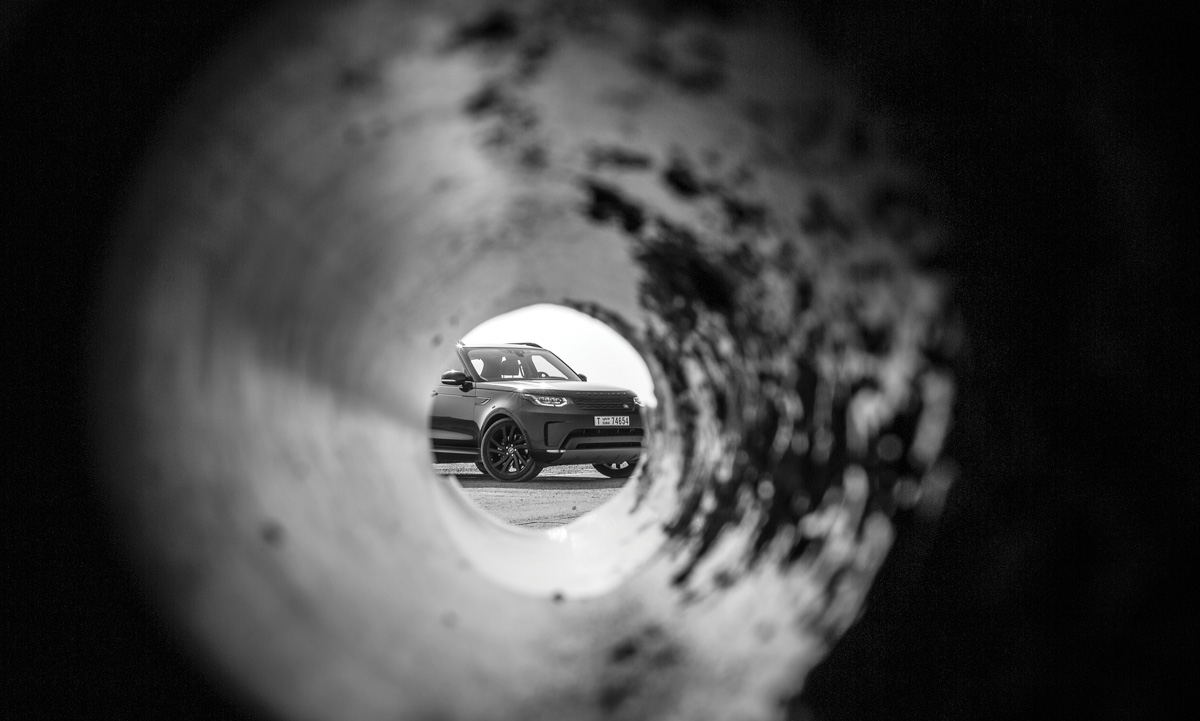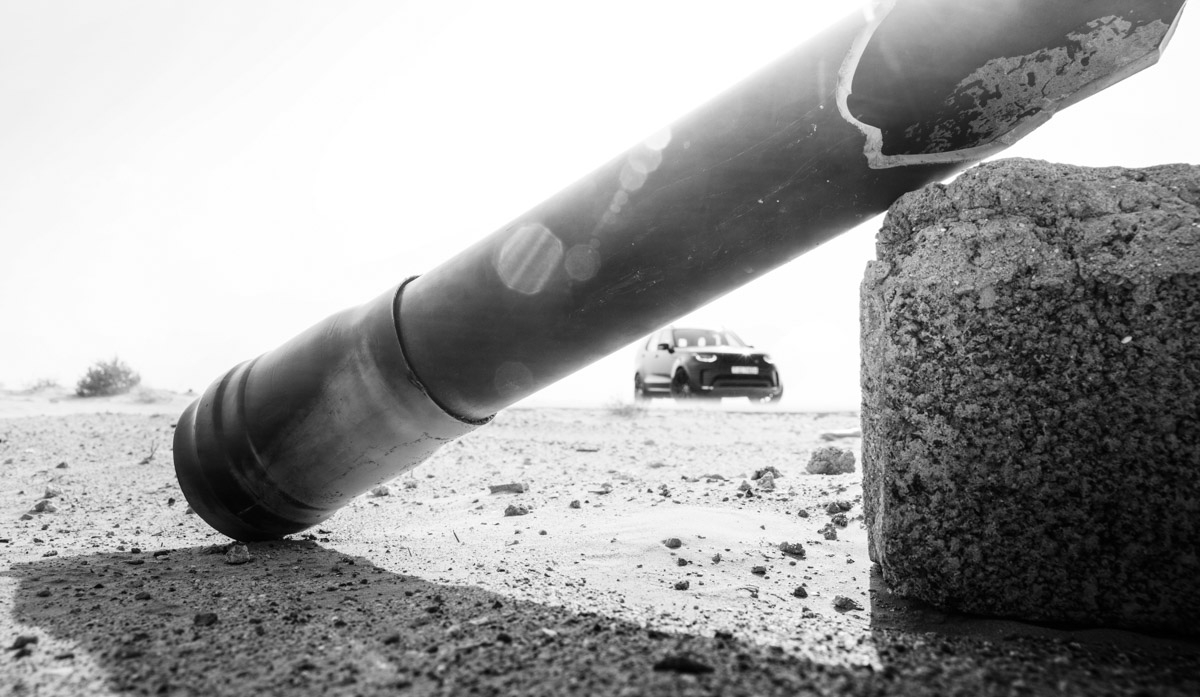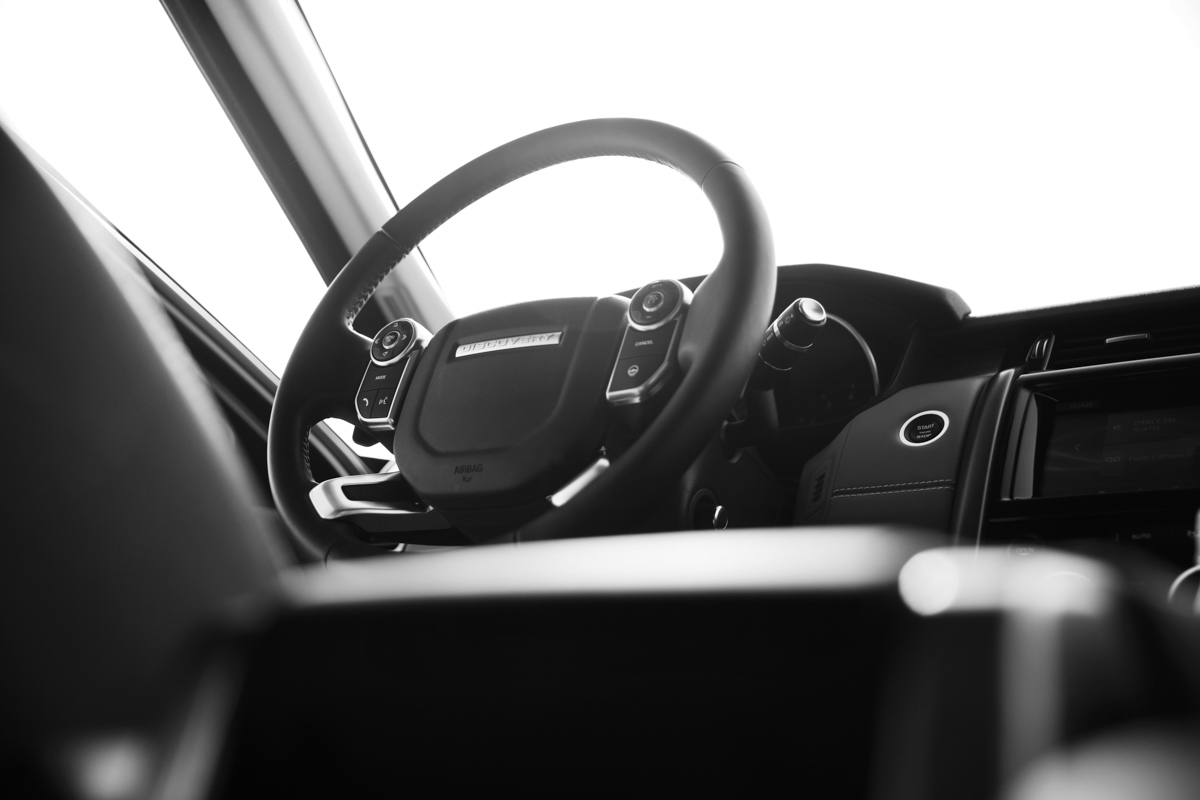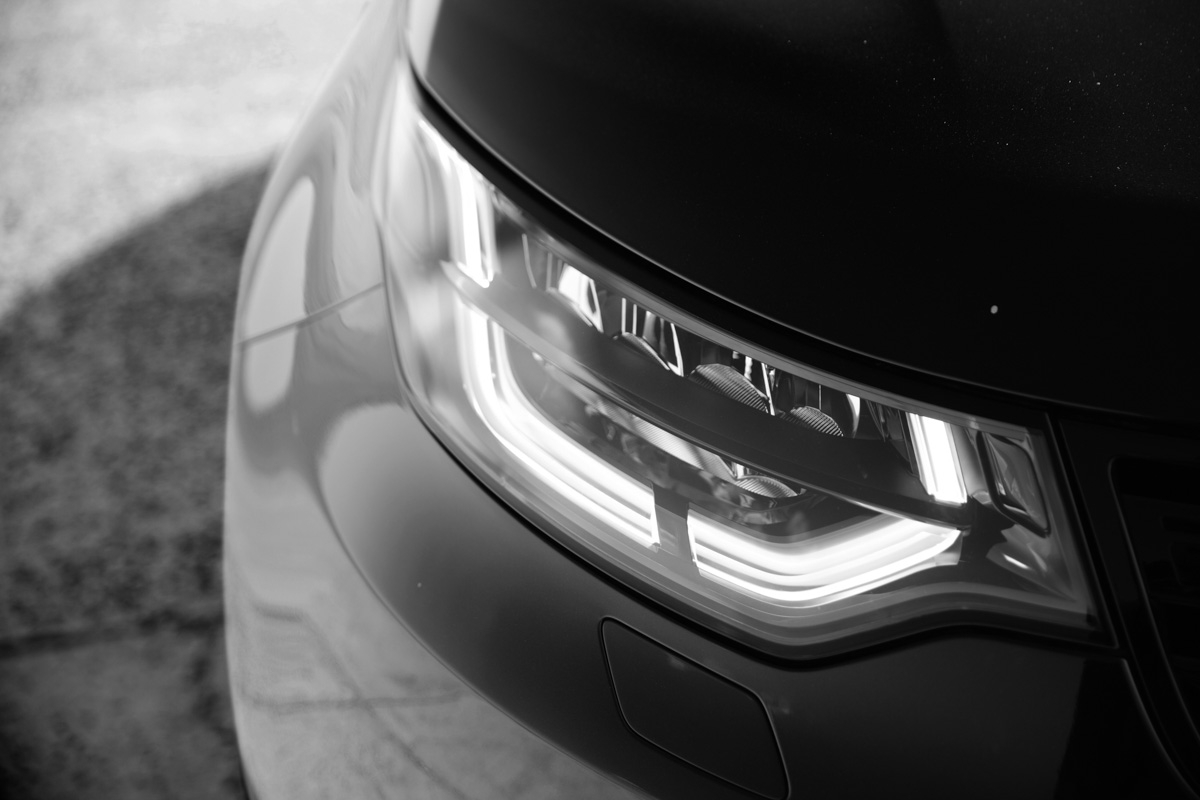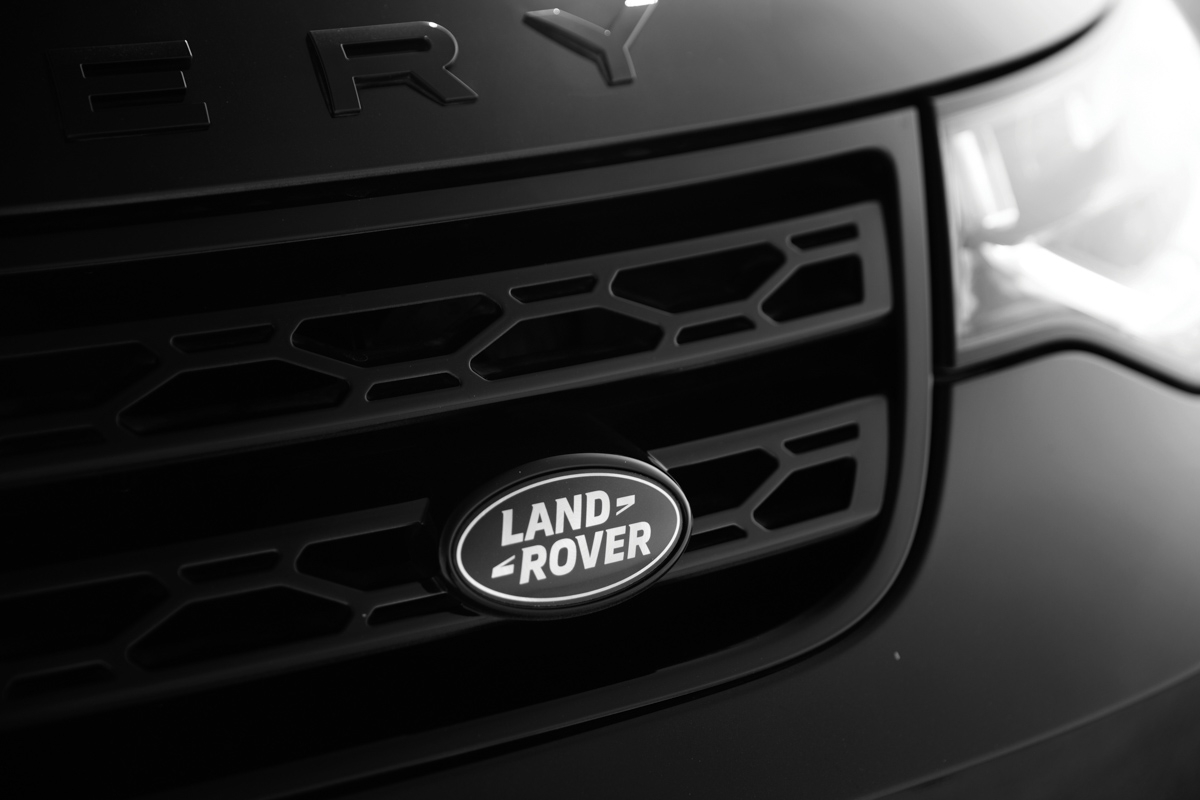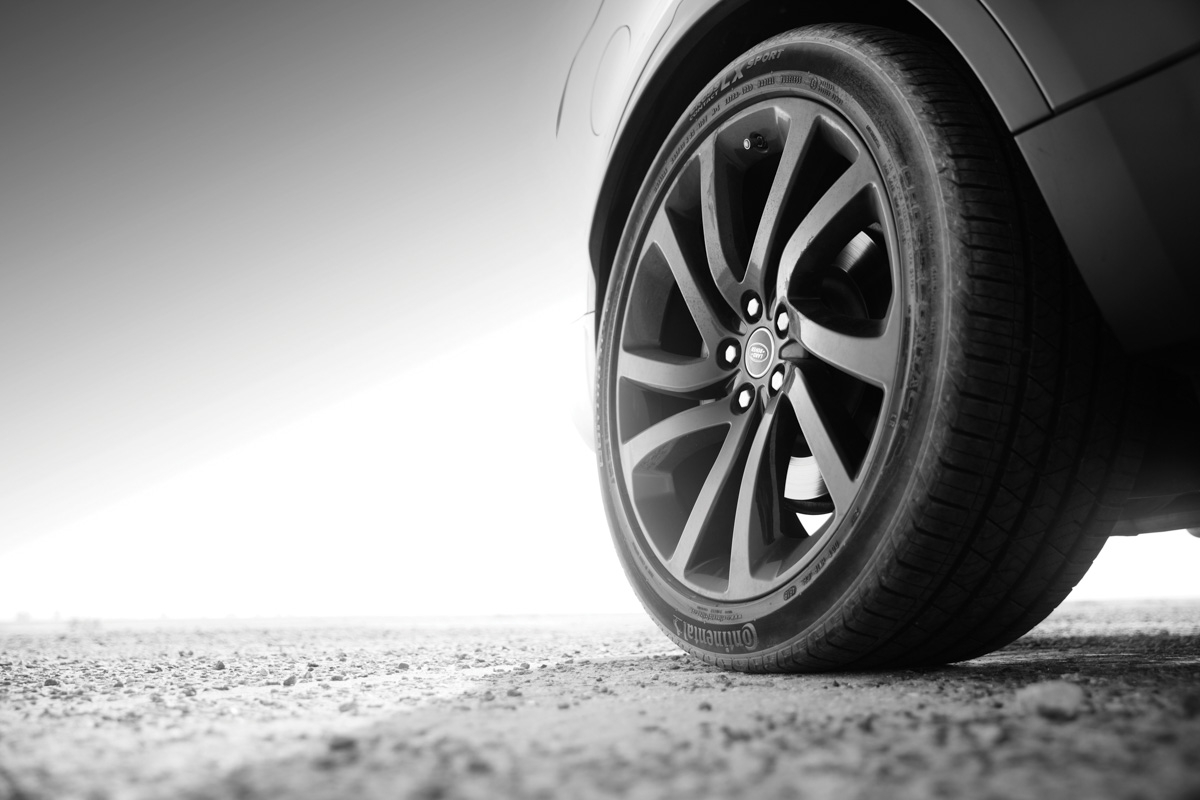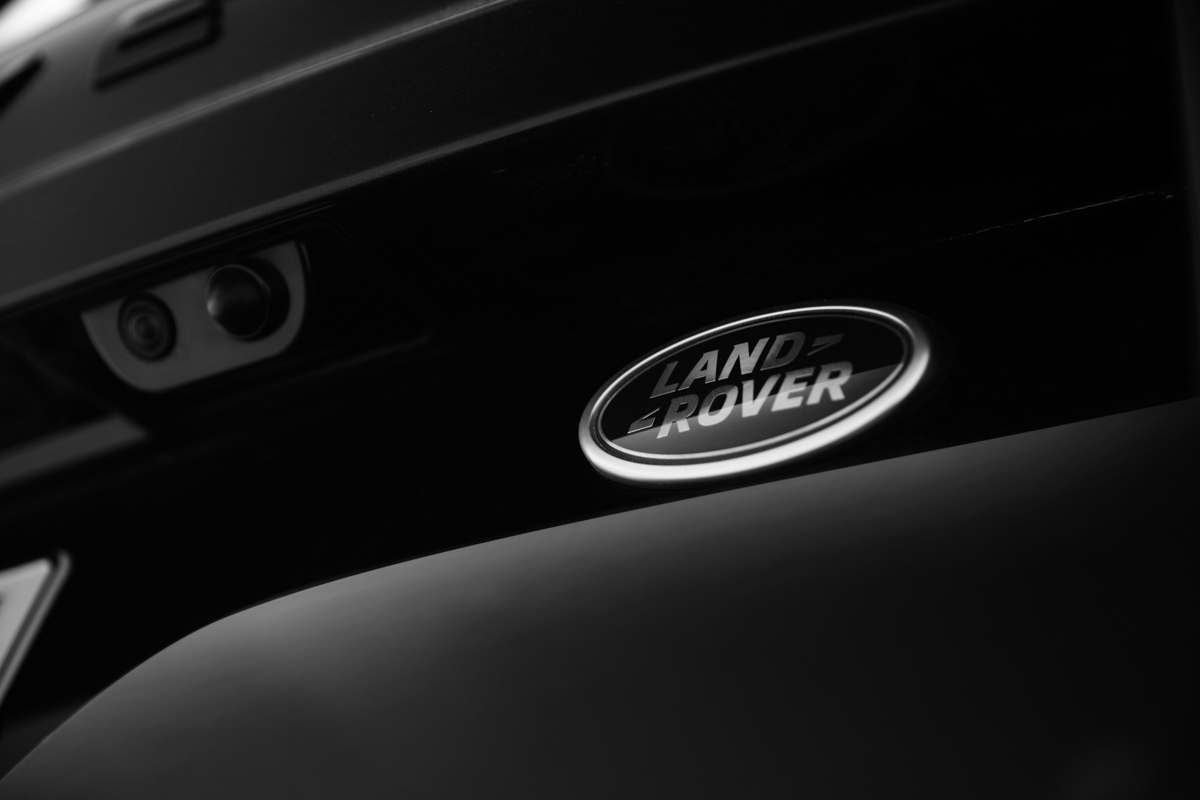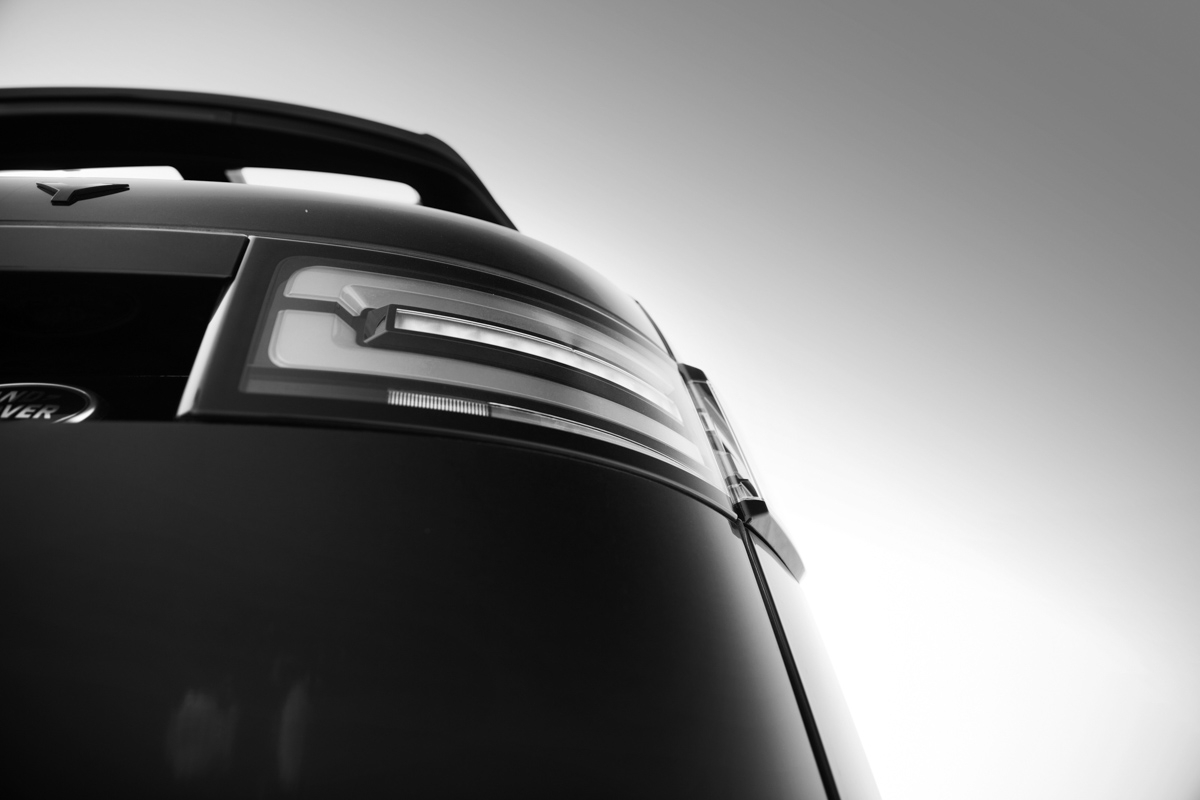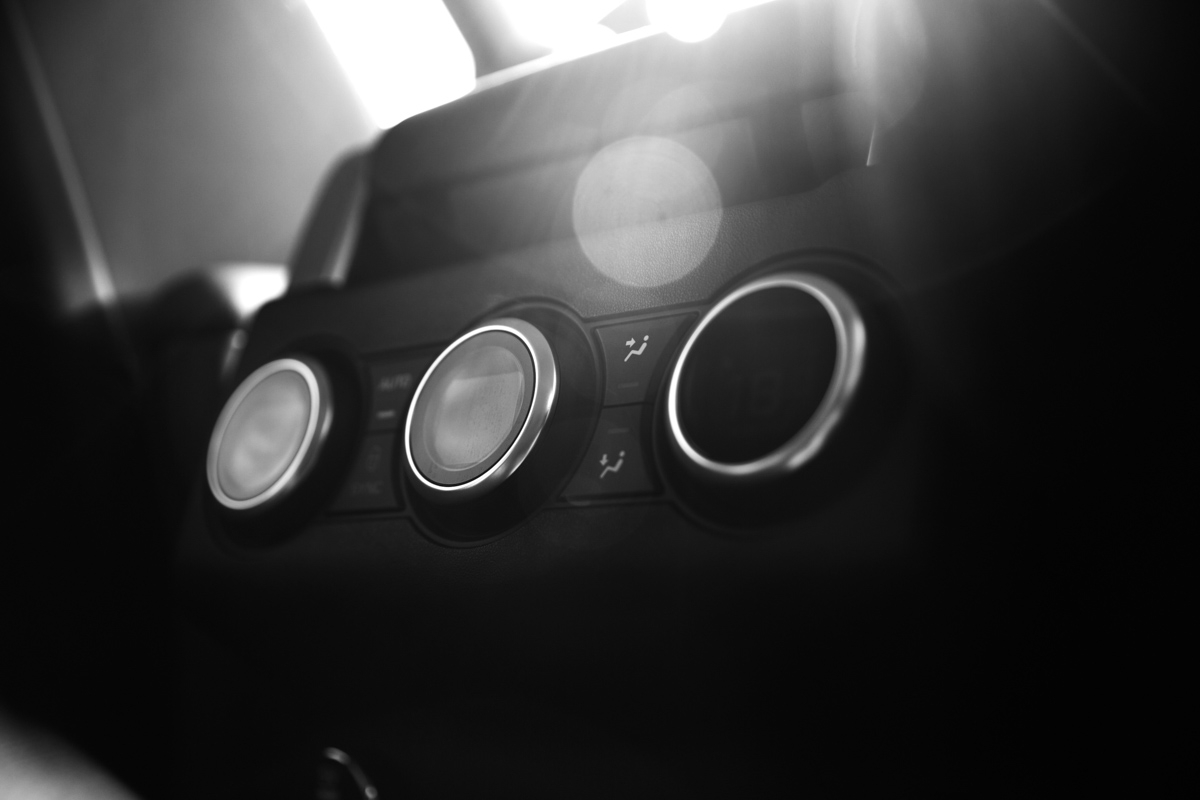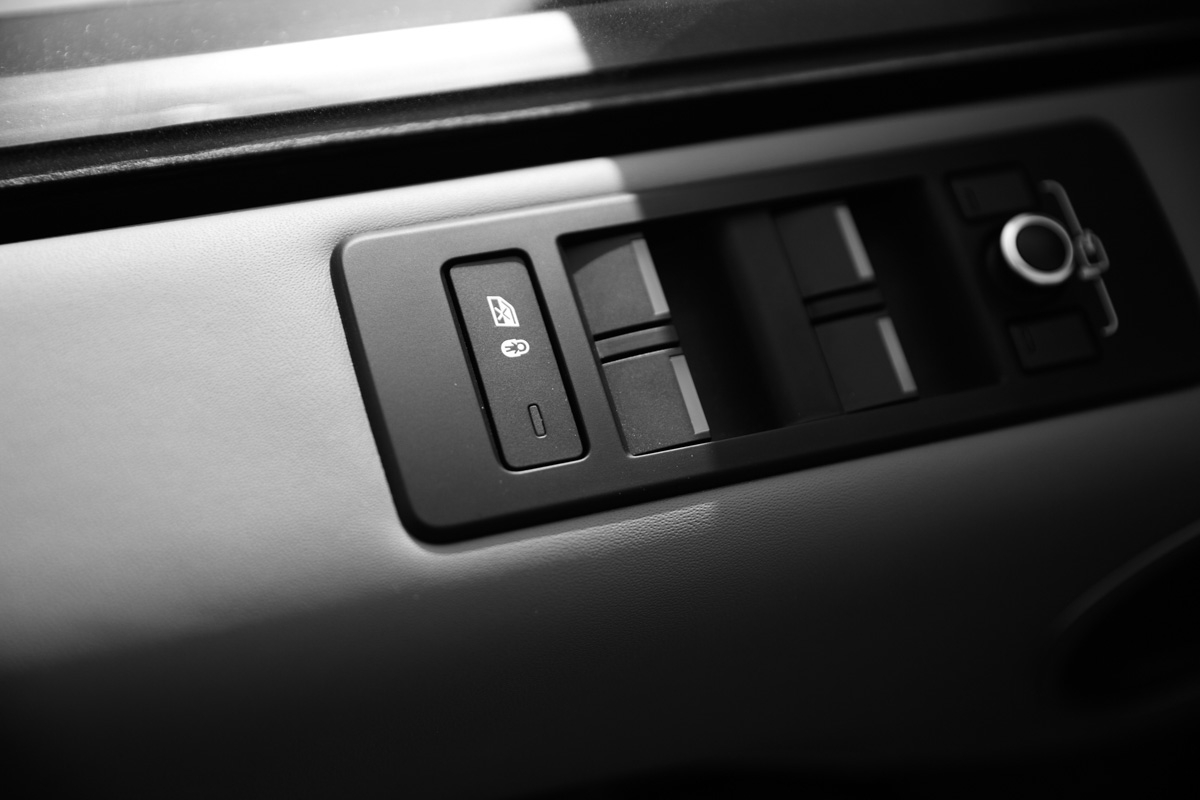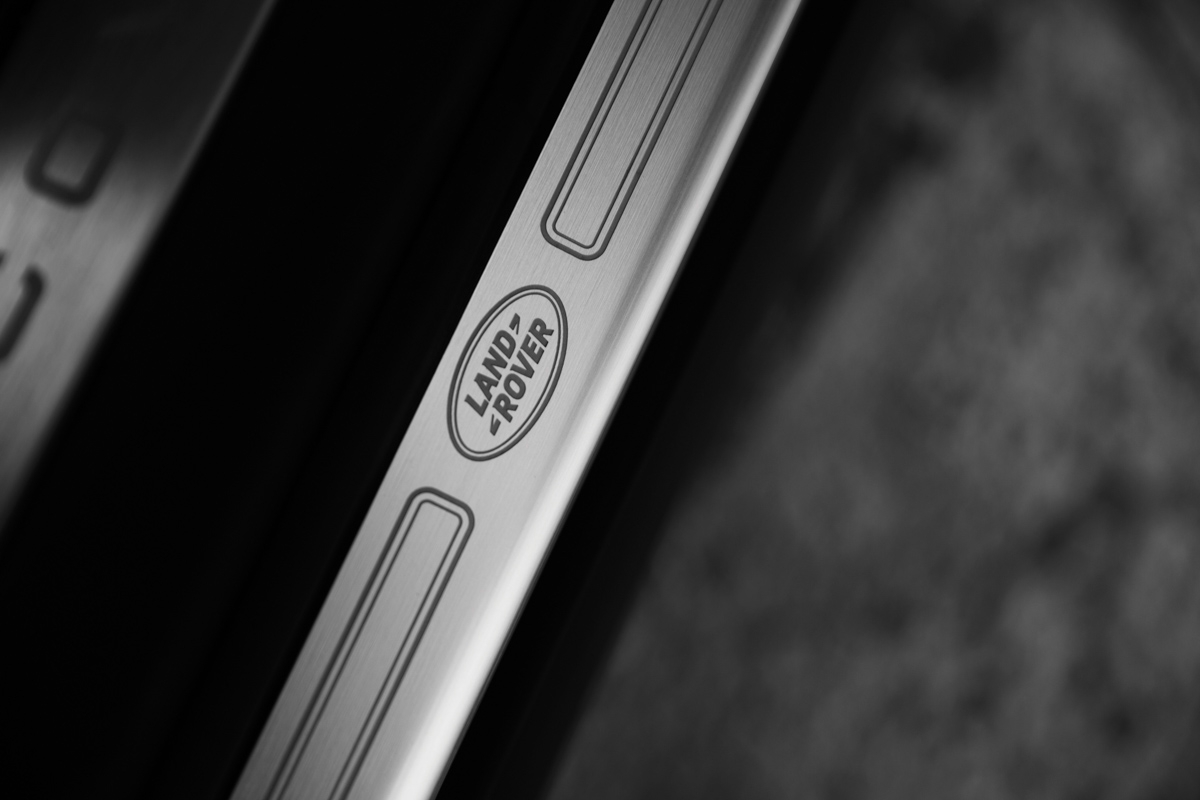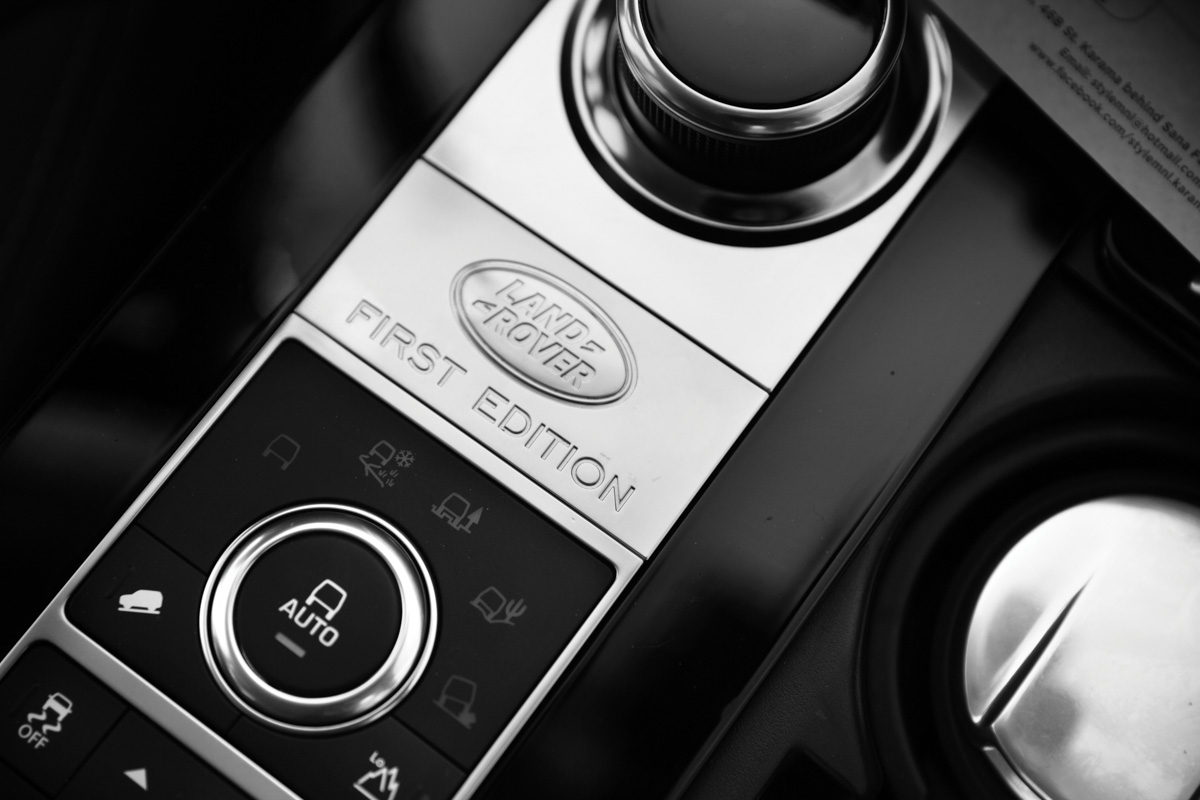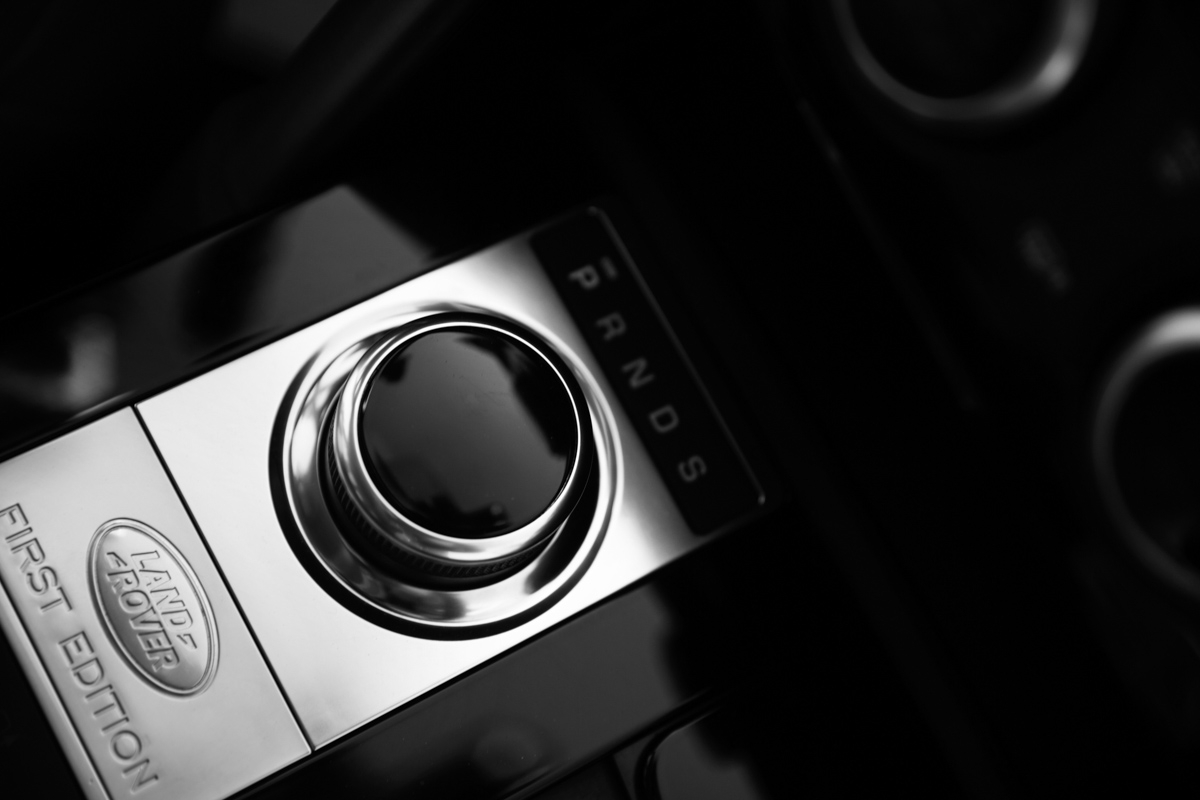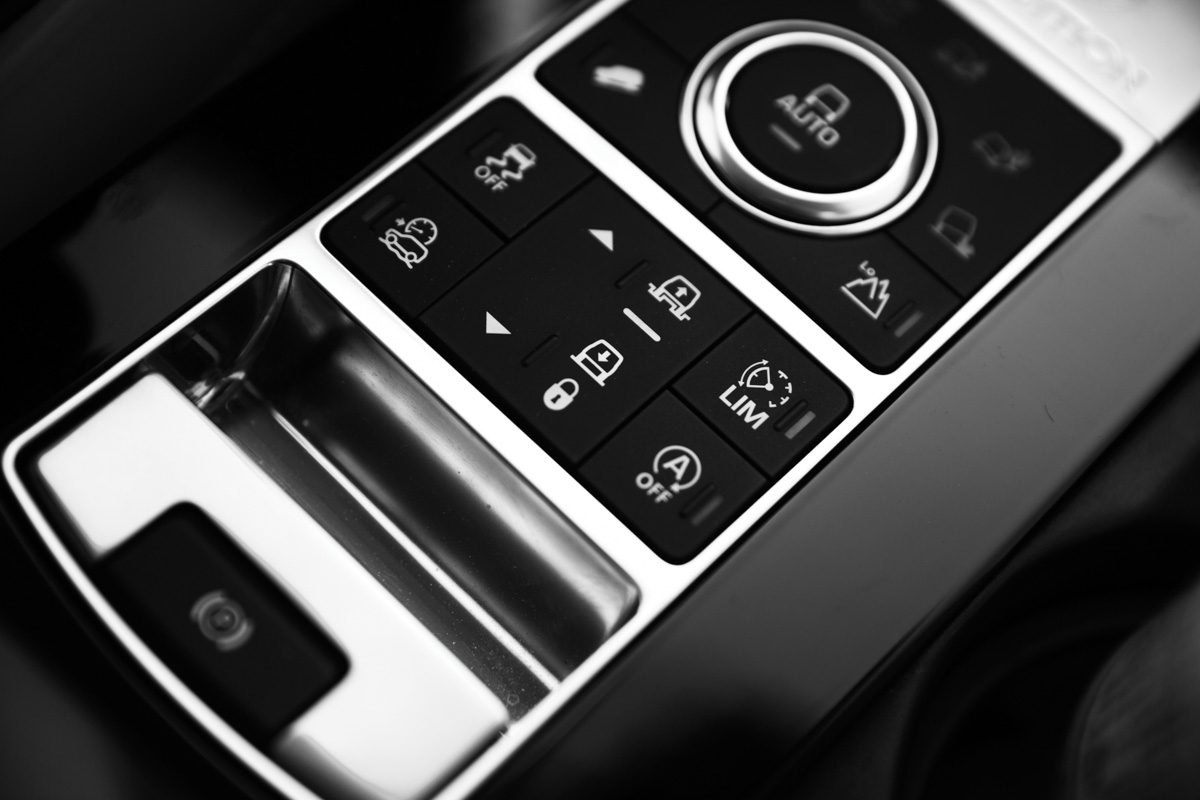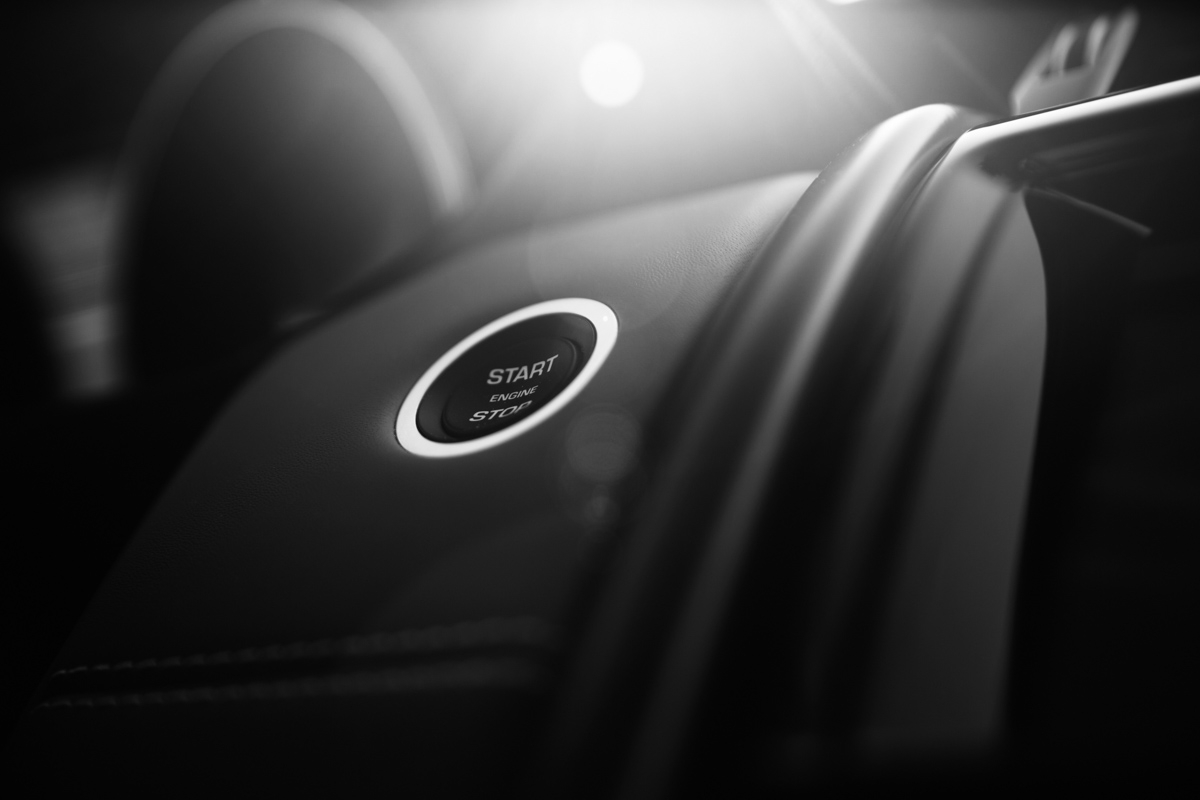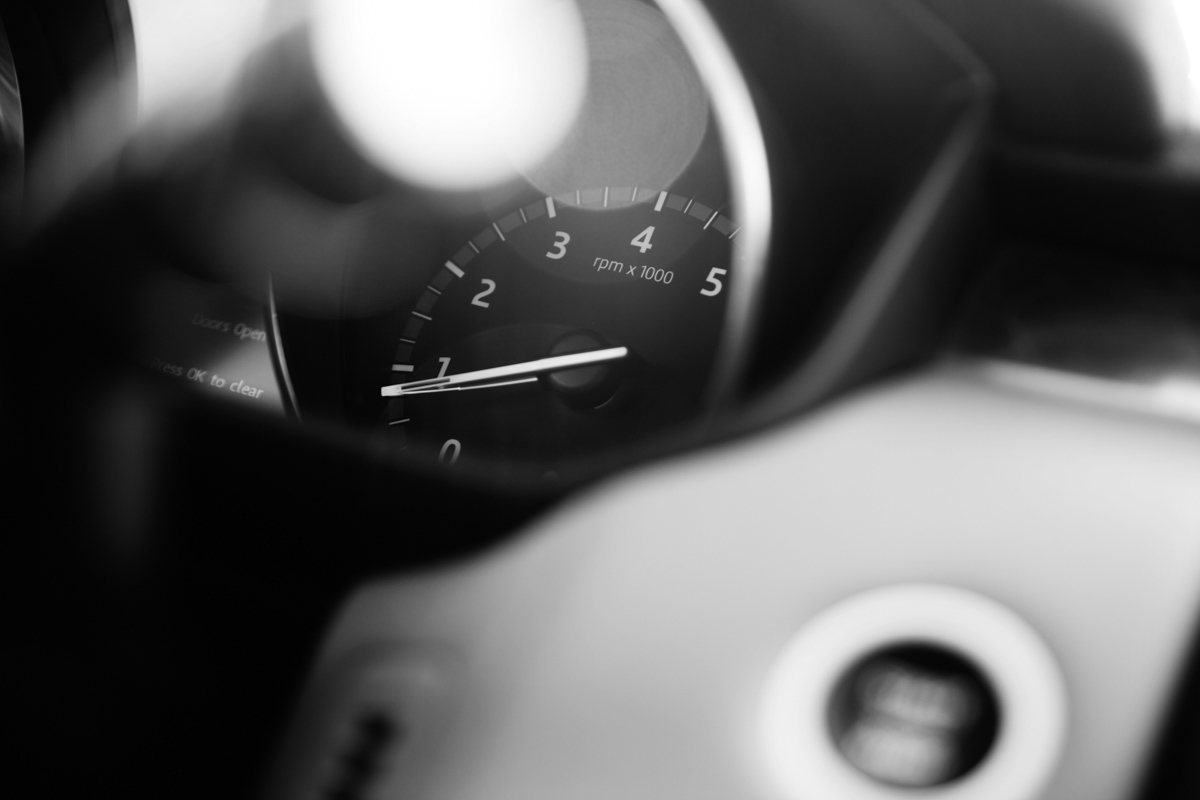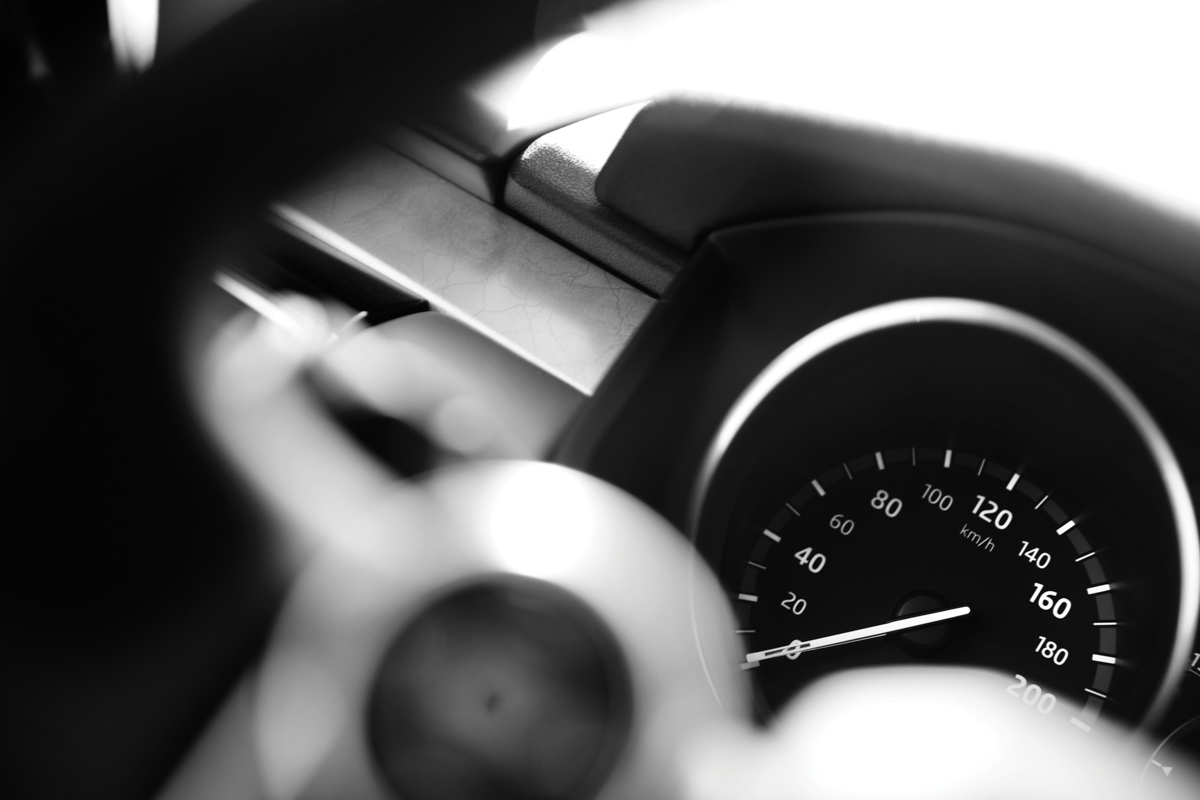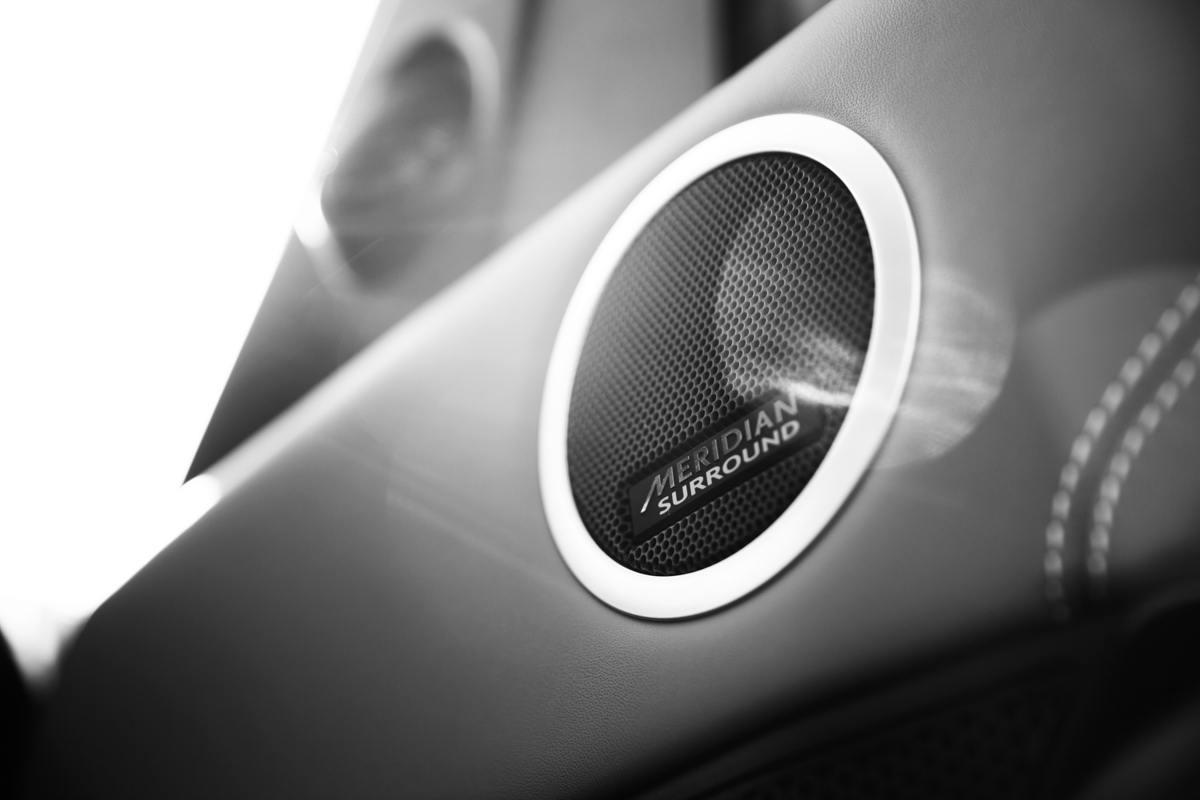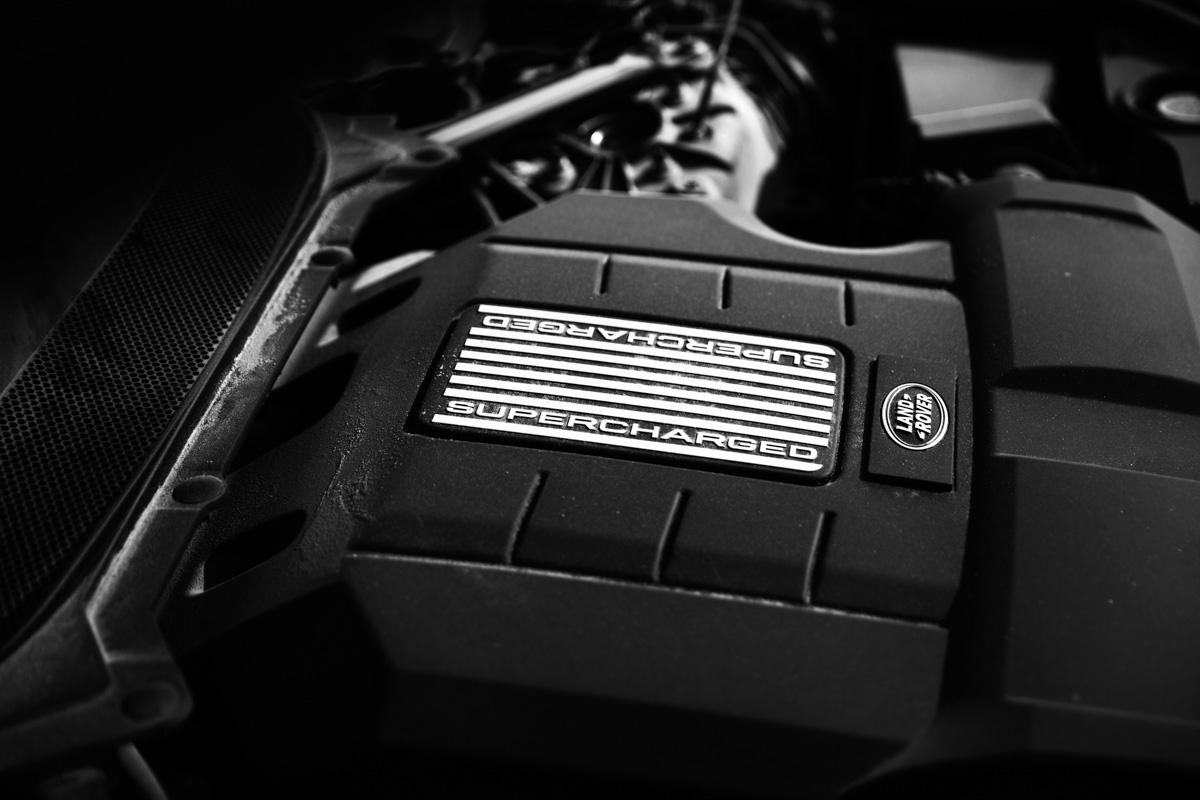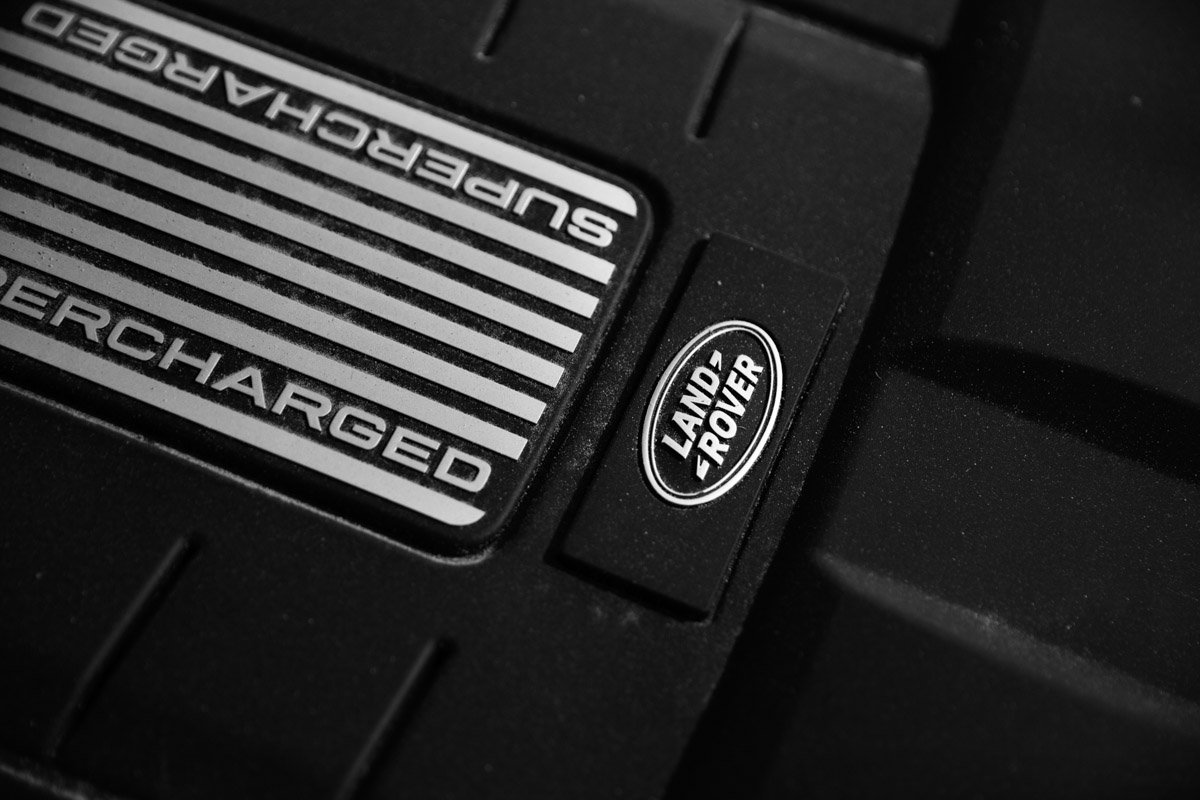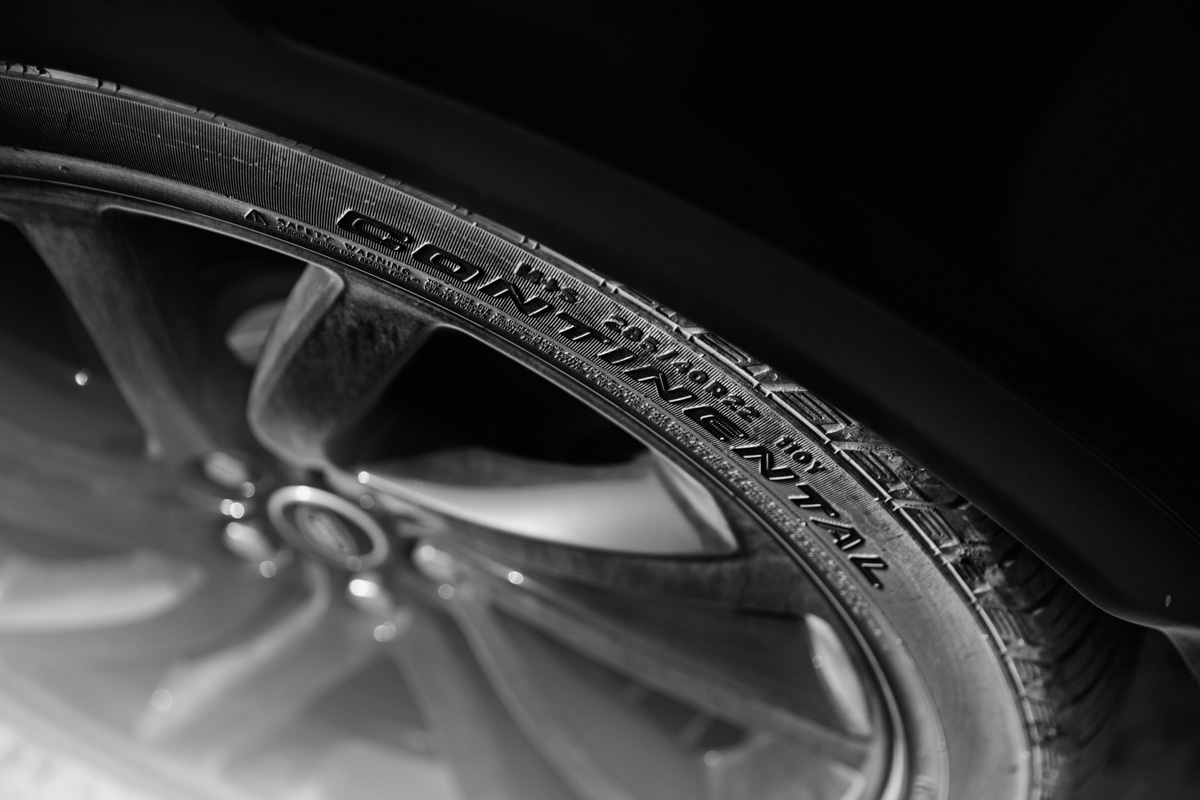The lines between Land Rover and Range Rover models are more blurred than ever before, yet their appeals remain distinctively different, as c&p finds out in the all-new Discovery
The Range Rover Sport is a truly great car. It’s stylish, powerful, capable, large and surprisingly sprightly for something so big. Alas, this region is overcrowded with owners of this car that are boldly convinced their expenditure grants them bully rights. Respecting queues, proper access to roundabouts, single slot parking at the mall or the use of indicators are, suddenly, forgotten skills in the Range Rover Sports owner’s arsenal. In conversation, someone dear to me said the following: “I prefer it to the Cayenne because you cannot force your way in one of those. People don’t respect the Cayenne, but they do the Range Rover”. I rest my case.
The Discovery has a different image though. A family person, a lover of nature, someone with a caravan or a horse, a camper, a financial district rebel surfer or a bird spotter might own one. It’s stylish, powerful, capable, large and surprisingly sprightly for something so big. Where did I hear that before? And it carries all the comforts of the Range Rover, and few of the ‘attributes’ one might assign to the owners. And is, in essence, the same car.
Well, not exactly the same car, but the same size, same front and rear wheel tracks, same wheelbase, same height, same onboard entertainment system and they share the same engines. Which is a great advantage, as the cold shoulder aura of the Range becomes an unprepossessing demeanor on the Land, offering presence and friendliness instead.
From the outside the new Discovery represents a sharp aesthetical departure from the boxy predecessor and, although extraordinarily similar in dimensions, it appears more streamlined and aggressive from the front. The headlights are now integrated and the front grille is both raised over, and split by, the front bumper in much the way they did it for the Range Rover.
The bottom skid plates are now very visible at the front and back, giving the car an aura of ruggedness that contrasts with the smooth and fluid lines of the profile. The signature, raised roof becomes a subtle bump and, oddly, even with no hanging spare wheel, the number plate is still tilted to the left, in a wink to times past.
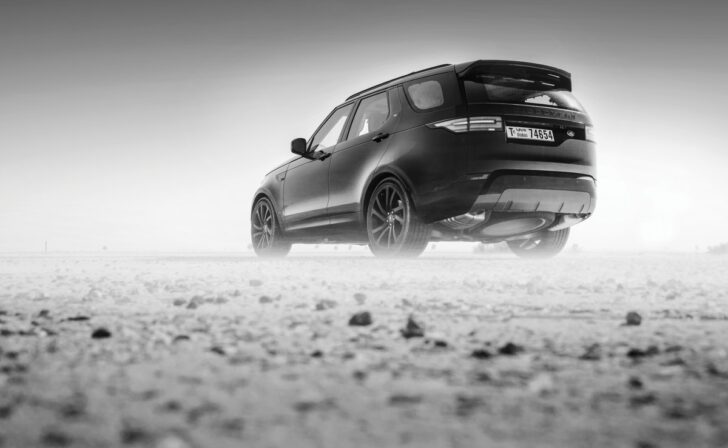
Our First Edition comes with the supercharged 3-litre V6 engine that delivers 333bhp and 332lbs.ft of torque. It’s an engine you may remember from models such as the Range Rover or the Range Rover Sport, which combined with a diet that’s seen the Discovery shed a colossal 480kg since the previous (LR4) generation, has helped reduce its 0-to-100kph sprint time by a whole second to 7.1. The reduction in weight corresponds with a philosophical change in body construction as it is now built with an aluminium-intensive structure. In layman’s terms, this means Land Rover has included a bit more alloy this time round.
These dietary improvements are immediately felt on the road, making the Discovery a comfortable and confident ride on regular routes where its predecessor could, at times, seem like a lumbering mastodon. The steering is quick and well weighted (2.7 turns lock-to-lock) and, while no sports car, provides good feedback while taking corners. Also unlike the LR4, the throttle now serves a purpose. You can push it down a bit for a slight increase in transfer speed, or all the way for those in a hurry, and the Discovery accommodates with great poise and responsiveness.
The effectiveness of the new Discovery’s weight loss is also reflected in the fuel efficiency, with a combined consumption of 10.9l/100km and emissions of 254g/km of CO2. To put those figures into perspective, they’re similar to those of a Mini Cooper Countryman, incidentally made by a division of a company that owned Land Rover between 1994 and 2000. And they’re better than those of Ford’s Taurus, which is a much smaller and less practical vehicle.
A sports car the Discovery is not, though. Any unrequired excess on the throttle is immediately paid for at the petrol pump as, while achievable, that 10.9 fuel efficiency figure will jump into the high teens at the merest hint of a time trial. And in the end, it’s not worth it for this is a car built for comfort, not outright speed.
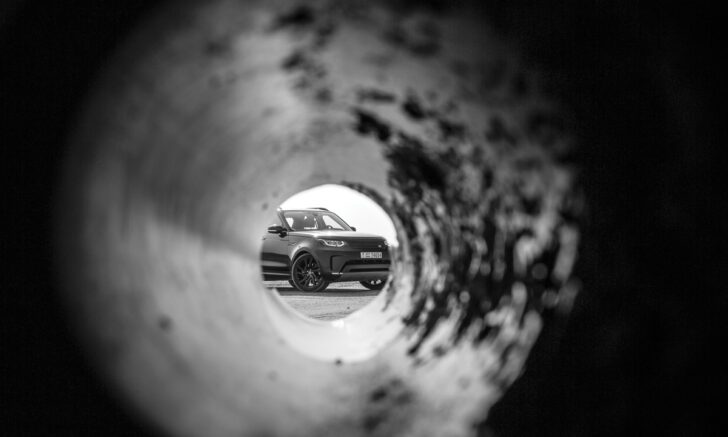
Our model comes with the optional air suspension and Land Rover’s ‘Body Control’ system. This means that cornering feels safe and that, once you master the transfer of mass, you can attack turns with gusto. Alas, you also need to master that body roll which, although predictable, may unsettle your passengers (I speak from experience). The eight-speed automatic gearbox is as quick as expected for a car with a very evident all-terrain focus.
If you’re used to the more American style of SUVs, which are often noise boxes of wind, rickety plastic panels and zero feedback, or the Japanese, which can be vibrating and springy on speed bumps, the Discovery compares admirably and my experience in the cabin, while running over sleeping policemen or negotiating roundabouts, is one of total control. Even on the obligatory desert section of our test, the Discovery manages to keep us cool, in silence, comfortable and clean. I’m far from being a Tuareg but, even so, I manage to not get stuck on the sand even once.
Touch the sand and start tinkering with the drivetrain’s rotary control. The temptation to do so is too high although, unless you really know what you are doing, you are probably better off just letting the myriad sensors do their jobs and decide for you. So, the car gets into slow mode, raises itself up a few millimetres and the four-wheel drive transmission sets itself to grunt.
At this point the legend of the unstoppable surfaces, the Discovery wading up and down smaller dunes without hesitation, and cantering sand carrousels with joy. As I hinted earlier, I am no Tatooine native nor have I interned with Star Wars Jawas. Thus I am not deflating tyres, mainly because I don’t know how much air I should release from them and, in any case, I don’t have a towing friend with me. There’s also the fact that the car is not mine, and it’s expensive. As such, the big dunes, steep falls and outrageous bashing will have to wait, although it feels more than capable enough and was developed to tackle this kind of terrain in its sleep.
The suspension is comprised of independent double wishbones at the front, and a multilink layout with integral link at the rear, which together provide fantastic stability in the most demanding conditions, as well as confidence when nearing the limits of adhesion either on or off road. Across the desert sands it does a great job of keeping the Discovery nice and stable, avoiding those nasty head bumps against the tops of the doors.
The all-wheel-drive system has two settings: a single-speed transfer box for road use and a two-speed for off-roading. Entry angle is now 34 degrees, 30 on the exit and 27 on break-over, with a riding height that varies by up to 40mm. Wading depth is 900mm and the car senses and selects the correct set-up by itself – perfect for the city dweller and occasional adventurer, and for the resident of extreme weather lands. It could even come in handy right here in Dubai when the rains come and the water has nowhere to go.
But what strikes me most of all with this First Edition, is how much Land Rover has focused on interior creature comforts. Other than the rearview mirror, the glove compartment and the central console storage bin lid, everything else is motorised. Even the steering, with its lane assist system, prevents the muscle fatigue that often blights longer journeys. We have an electrically operated tailgate, electric windows, electric side mirrors, soft door closing, three rows of motorised seats, motorised solar roof panels and an electric inner tailgate for bird watching or fishing rod rigging, that can withstand loads of up to 300kg when lowered.
The new Discovery really is here to make life easier for its owner – a perfect example being that, if you’re finding it a struggle to load your groceries or anything else into its boot, at the push of a button the car will regulate the height so that physical exertion is kept to the minimum possible level. Fantastic. And you don’t even need to be in the car to operate the controls to do all this – you can just install an app and do it all through your phone.
As for storage space, there is more than enough unless that is, you plan to live in the car. It even provides a handy space behind the hifi control fascia – ideal for safely housing a wallet, phone or anything else you want to keep hidden away. Fold down all the seats and you get 2,500 litres of boot space, which is a number more usually associated with pick-up trucks and, as we have come to expect in modern family cars, there are no fewer than nine USB sockets. Consider, too, the fact that the seats are cooled and ventilated, and you might end up wanting to host your meetings in the car rather than the coffee shop.
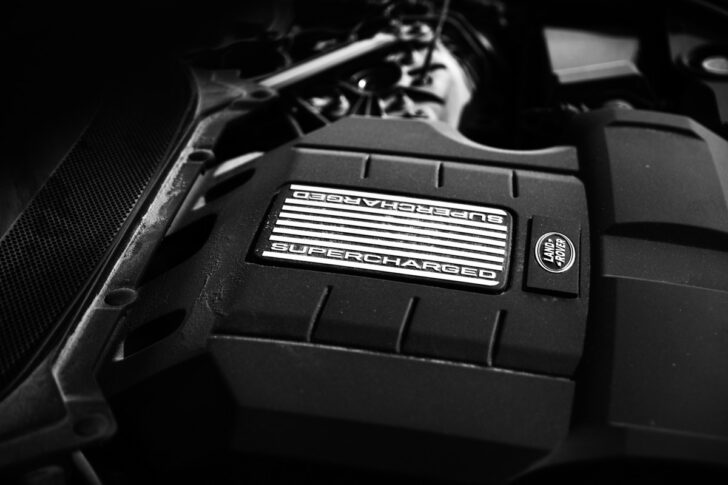
But let’s not forget that the Discovery is an adventurer’s car. And these people have horses, caravans, trampolines, boats or jet-skis, so towing capability is often vitally important. Good thing, then, that this friendly powerhouse can tow 3,500kg loads – again, pick-up truck territory. But of course, this is a Land Rover, so the tow-ball is electrically deployed. Amazing. And if all this still fails to convince yet of the Discovery’s good intentions, the tow assist function allows you to reverse a trailer via the centre console rotary control instead of the steering wheel.
The infotainment system also possesses new levels of integration. With a 10-inch touchscreen and 10Gb of internal drive on which to store your music, the system even allows you to transfer routes from your phone to the navigation system. For a daily commute, the Discovery can learn your driving patterns and suggest routes based on traffic conditions, share ETAs with your contacts and inform of your remaining travel time.
There’s plenty in the way of safety equipment, too, like autonomous emergency braking for pedestrians, obstacles and other cars, as well as blind spot monitoring, lane assist, reverse traffic detection and adaptive cruise control with queue assist. It even detects drowsiness on the part of the driver and gives warnings for you to take a break. And when you do come to a stop, there’s a 360-degree camera system for enhanced parking assist. It can also park itself but my fragile ego finds that too much to cope with so I leave it well alone.
Unfortunately, however, I cannot finish without referring to the painful matter of price. The Discovery First Edition starts at $88,000 (the base version starts at a more reasonable $64,000) and my test car’s spec sends it all the way up to $95,000 – who knows how much it would cost once you really started going mad with the options list.
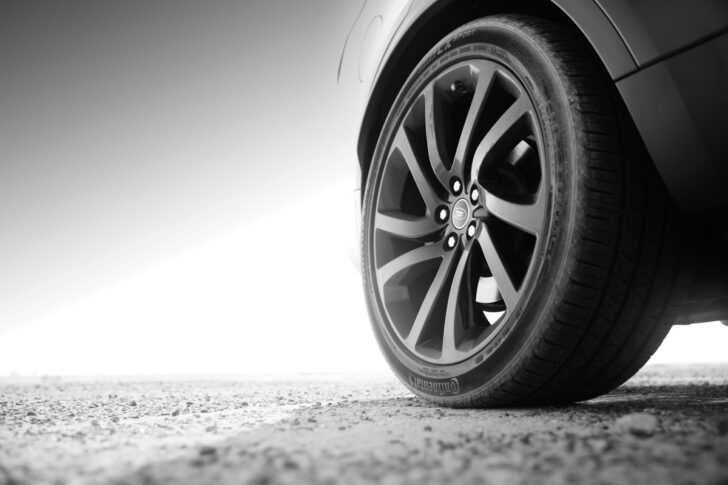
Now, I did say at the beginning that the Discovery was a Range Rover Sport in disguise, pretty much, which is reflected in the price as well. Here, the Range Rover starts at $90,500, which is right there with the lesser brand. Yes, a Discovery at this price point will be better equipped than the base Rangie and it offers better value for money, but for a bit less cash you could enjoy more brand recognition if that’s something that motivates you. That is something I don’t care about, so I would choose the Discovery each and every time.
The new Discovery First Edition goes head-to-head with rivals such as the Volvo XC90 T8 and the Audi Q7. And although both are more modern in terms of technology, they don’t come close to the level of comfort at your disposal in the Land Rover, while being quite similarly priced. And this is while being fully cognizant that the Q7 normally pares with the pricier Range Rover.
That being said, the Discovery is a 5-star car through and through. We’ll have to wait another few months to see if a V8 variant is forthcoming but, in the meantime, the V6 does everything you could possibly ask of it with aplomb. For a vehicle that chews up the kilometres in hushed luxury and nestles its occupants in a stylish, safe and extremely sizable cabin, while maintaining true ‘go anywhere’ ability, you need look no further.
| Land Rover | Discovery First Edition |
|---|---|
| Engine: | 2995cc, supercharged V6 |
| Power: | 333bhp |
| Torque: | 332lb ft |
| Transmission: | eight-speed automatic |
| Front suspension: | Double wishbone |
| Rear suspension: | Multi-link |
| Brakes: | 360mm (front), 350mm (rear) |
| Wheels: | 22-inch, forged alloy |
| Tyres: | 285/40ZR22 (front and rear) |
| Weight (kerb) | 2223kg |
| 0-100kph: | 7.1 secs |
| Top speed: | 209kph |
| Price from: | $88,000 |

